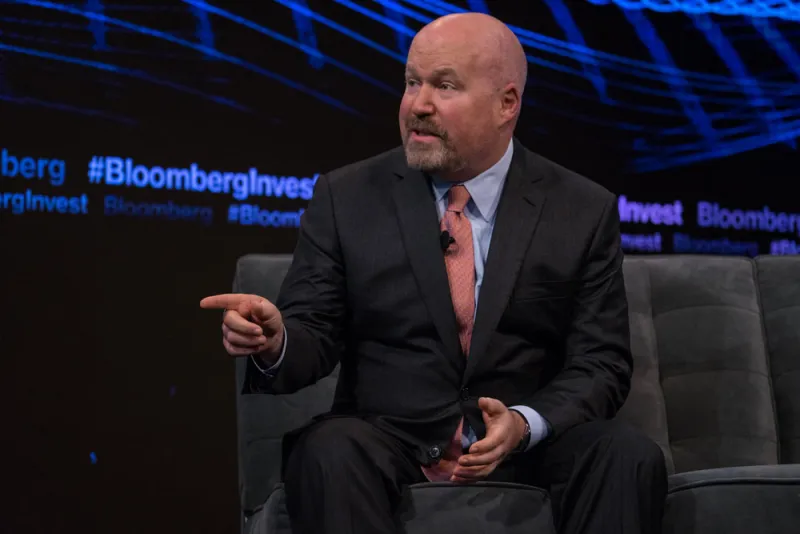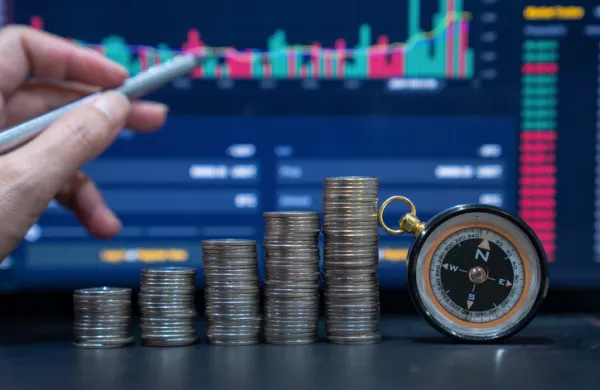Timing the market can be “deceptively difficult,” as quantitative investor Cliff Asness has pointed out before. But now, the AQR Capital Management co-founder believes that while factor timing is “an ugly thing,” it is “about time we did some” – specifically when it comes to value stocks.
Value investing — identifying stocks that appear cheap relative to fundamental characteristics like earnings or book value — has been a losing strategy for more than a decade. For factor investing firms like AQR, this has meant a long run of underperformance for the value factor, a quantitative proxy that is intended to capture the value premium.
But although the value factor has been performing badly since the financial crisis, it’s only recently that Asness believes value stocks have gotten “really, really cheap” — enough to merit the “investing sin” of trying to time factors.
“For the first… say eight years since the GFC, most versions of the value factor underperformed largely because the fundamentals (earnings, cash flow, sales, margins) worked against value,” Asness wrote in a paper posted on AQR’s website Thursday. “In the recent period (2018-19), and unlike the prior approximately eight years, value has lost based on price moves without a corresponding major loss on fundamentals.”
Such losses are “no fun,” but investors get a “consolation prize” in that the factor is much cheaper, Asness added.
[II Deep Dive: The Last Time the Market Acted This Way, Value Stocks Gained 30 Percent]
Asness measured how cheap the value factor has become on a historical basis by looking at three different versions of the factor, including the simple price-to-book-value definition used in Eugene Fama and Kenneth French’s factor model. Another version was AQR’s own proprietary model, built to avoid so-called “value traps” and remove industry bets, such as being long all financial stocks or shorting all tech companies.
By all definitions, the spread between cheap and expensive stocks was among the highest it has been over the last 55 years. Using the Fama-French factor, for instance, Asness found that the “value of value” had only been higher three times before: in the early 1990s, during the dot-com bubble, and during the financial crisis.
When Asness looked at AQR’s value factor, value stocks looked even cheaper: “Excluding the tech bubble, the value of value is the cheapest it’s ever been by a fairly decent margin,” he wrote.
Referring to the 1999-2000 period as “looney tunes,” Asness argued that it would not be “reasonable” to wait until current spreads reached those heights again to start betting on value. “To the skeptics we would ask, ‘if not now when?’” he wrote. “If the answer is ‘only when it’s as bad as the tech bubble’ we just think you’re making the wrong call.”
Instead, Asness’s recommendation was to start weighting the value factor “a modest extra amount.”
“It is indeed time to ‘sin a little,’” he wrote.







